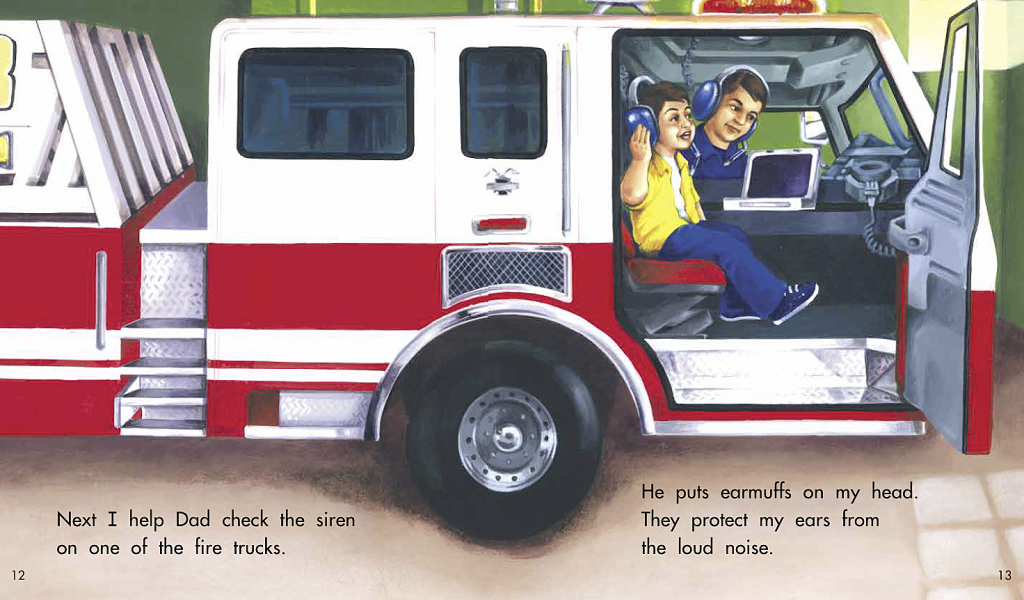Word acquisition is essential in building a reader’s knowledge base. Furthermore, a robust vocabulary is important in equipping students with the skills they need to engage with a variety of texts, content and in a mix of settings.
A broad and deep vocabulary unlocks reading for learning and for pleasure, and the writing block is a critical space for students to try out and apply their evolving vocabulary.
Selecting the right books to model different forms of writing is one critical step in supporting new writers and building a strong foundation in literacy. When students are provided with books they can identify with and relate to, their vocabulary continues to expand in meaningful ways.
Here are 3 ways to use vocabulary building within your reading, writing, and literacy blocks:
1. Go on a word scavenger hunt with a text. For example, have students find all of the different objects that fly in What Can Fly. Either together or individually, students can keep track of these words on chart paper or in a writing notebook. Encourage students to look through their other books and find objects that also can fly, and continue to add to their vocabulary list. Ask students to volunteer other examples they know of beyond what they find in the text and to share with their classmates.
2. Explore adjectives and vocabulary words that make words come to life. Then, students can figure out ways they can use them in their own writing. Display the different adjectives on chart paper for students to refer to throughout their writing. Encourage students to think about what vocabulary words would add to their writing pieces. For example, in Go Go Gumbo, the tomato is “red and juicy.” Have students think about different descriptive words that they can use in their own writing, and have fun with it!
3. Highlight a word that may not be as common in students’ everyday language or experiences. For example, in At the Firehouse with Dad, the boy’s father shows his child how he wears earmuffs to protect his ears from the loud siren. Students can research about other ways that earmuffs are used. When do you wear earmuffs? What other professions require you to wear earmuffs? Have you ever worn earmuffs or seen someone with them? What was the occassion? Now that we know what earmuffs can do, where might we recommend someone wearing earmuffs? In small groups, students can investigate with an educator or caregiver’s assistance online, at the school library, or at the public library.
If you are looking to bring more diversity to your writing block or your school’s book collection, let us help! We work with schools and districts of all sizes to curate customized collections that will fit your needs. Learn more about our diverse leveled bookrooms or fill out our quick form to get started creating a customized collection for your kindergarten classroom, school, or district.











